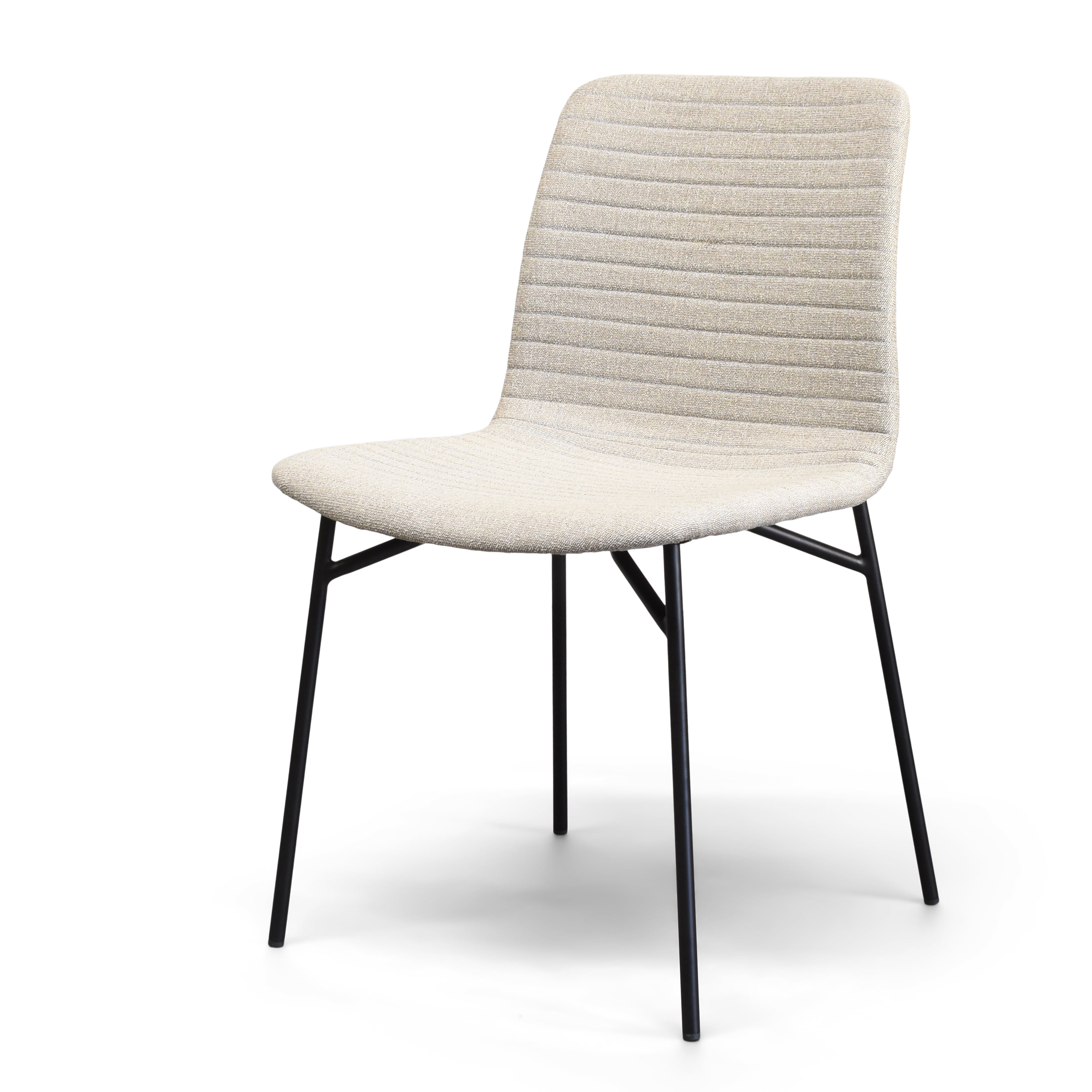Manufacturing & Sourcing of White Chairs with Black Legs: White Chair With Black Legs

The manufacturing and sourcing of white chairs with black legs varies significantly depending on the target market and price point. High-end chairs prioritize quality materials and craftsmanship, while budget-friendly options focus on cost-effectiveness and mass production. Sustainable practices are also increasingly influencing the choices made in both sectors.
Manufacturing Process Comparison: High-End vs. Budget
The manufacturing processes for high-end and budget white chairs with black legs differ substantially. High-end chairs often involve more meticulous craftsmanship and higher-quality materials, leading to a longer production time and a higher price tag. Budget chairs, conversely, utilize faster, more automated processes and less expensive materials, resulting in a lower cost but potentially compromising durability and aesthetic appeal.
- Materials: High-end chairs might use sustainably sourced hardwood like oak or beech for the legs, and a high-quality, durable white paint with low VOCs (Volatile Organic Compounds). Budget chairs might use less durable wood like pine or rubberwood, and a cheaper paint with higher VOC content that may be less resistant to chipping or fading.
- Techniques: High-end chairs may be crafted using traditional joinery techniques, such as mortise and tenon joints, ensuring strength and longevity. Finishing might involve multiple coats of hand-applied paint and meticulous sanding. Budget chairs are more likely to use mass-production techniques like machine-made joints and spray-painting, resulting in a potentially less refined finish.
- Labor: High-end chair production involves skilled labor with a higher degree of hand-finishing and quality control. Budget chairs rely heavily on automation and less skilled labor, resulting in lower production costs but potentially less attention to detail.
Sustainable Sourcing of Materials
Creating a sustainable white chair with black legs requires careful consideration of both the wood and paint sourcing. Choosing environmentally responsible materials minimizes the chair’s environmental impact throughout its lifecycle.
- Wood: Sustainably harvested hardwood from certified forests (like FSC certified wood) is a crucial choice. This ensures that the wood comes from responsibly managed forests that prioritize reforestation and biodiversity. Fast-growing, plantation-grown woods can also be a more sustainable option compared to slow-growing hardwoods, provided they are managed responsibly.
- Paint: Water-based paints with low or zero VOCs are environmentally preferable. These paints emit fewer harmful chemicals into the air during application and throughout the chair’s lifespan, reducing indoor air pollution and minimizing the environmental impact of manufacturing. Recycled or bio-based paint pigments can further enhance the sustainability profile.
Maintaining Consistent Color and Finish
Maintaining consistent color and finish across a large production run presents significant challenges. Variations in wood grain, paint application techniques, and environmental conditions during the manufacturing process can all contribute to inconsistencies.
- Color Matching: Precise color matching requires meticulous control over the paint formulation and application process. Regular color checks and adjustments throughout the production run are necessary to ensure consistency. Using spectrophotometers to measure and control color precisely is a common practice in larger manufacturing facilities.
- Environmental Control: Maintaining consistent temperature and humidity during the painting and drying process is vital to prevent variations in color and finish. Fluctuations in these conditions can affect the paint’s drying time and final appearance, leading to inconsistencies.
- Quality Control: Rigorous quality control measures throughout the production process are essential. Regular inspections at various stages of manufacturing help to identify and correct inconsistencies before they become widespread.
Assembling a Flat-Packed White Chair, White chair with black legs
Assembling a flat-packed white chair with black legs typically involves a straightforward process. However, carefully following the instructions is crucial to ensure stability and longevity.
- Unpack and Inspect: Carefully unpack all components and check against the parts list to ensure all pieces are present and undamaged.
- Attach Legs: Identify the leg attachment points on the chair seat and carefully screw or bolt the legs into place. Ensure that the legs are securely fastened and aligned.
- Optional: Some chairs may require additional steps such as attaching armrests or backrests. Follow the instructions provided carefully for these steps.
- Inspect and Adjust: Once assembled, inspect the chair to ensure all components are securely attached and aligned. Make any necessary adjustments to ensure stability and comfort.
